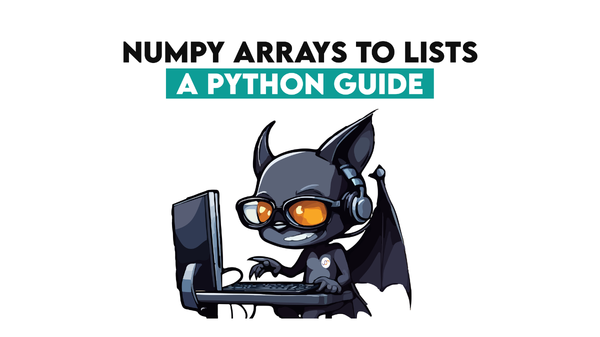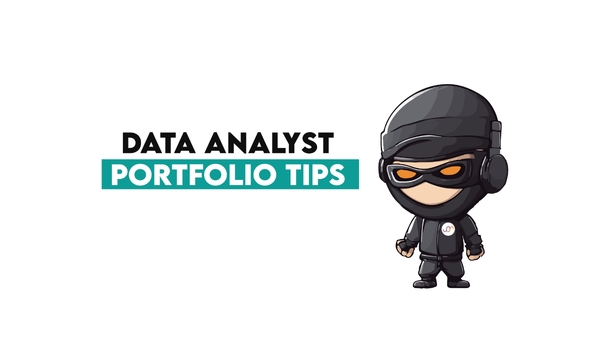How to Tell Your Story In an Interview

Categories
A 5-step framework to answer any behavioral question in an interview
In every interview, there are often two types of questions that are asked to every candidate — technical and behavioral questions. Both types are easy to prepare for but oftentimes we put the majority of our effort in preparing for technical questions. Behavioral questions are just as important, if not more important, than technical questions because it exposes the candidate’s experience, communication, and soft skills. Interviewers are also assessing whether or not they can see themselves working with the candidate on their team.
In this article, I’ll take you through a framework to answer any behavioral question that gets tossed your way. Answering technical questions is different so if you’re interested in preparing for technical questions, here you can practice.
Behavioral questions usually start like this …
Tell me about a time when…
These questions are always to test how a candidate handles certain situations and if they have the awareness to approach problems in a manner that’s net-positive for the team and business. It’s not at all about the story itself, so don’t get too worked about matching a perfect story to the question asked.
The very first step that you should take is to ensure that you have a couple of stories ready to go before you enter an interview. Once you’ve got your stories ready, it’s time to fix your delivery. Below you’ll find a list of five elements that you should include when telling your story during an interview.

A framework of 5 elements in a response to a behavioral question
1. Give a quick 1 sentence summary
To make sure that you’re giving the interviewer what they want, you should start your story with a brief, one-sentence summary before you elaborate on the details. While telling your story, avoid adding suspense and tension as an author writing a book would.
As an example, assume that you’re asked to tell about a time when you made a mistake. This would look like:
“A mistake I’ve made once in the past is when I mixed up the date for a department meeting I was in leading”
The purpose of this one sentence summary is to set up the story for the interviewer, preparing them for a longer explanation to come.
2. Provide context behind your story
After you’ve provided a short answer, it’s now time that you expand and give the interviewer background information. The only details you need to provide is about the situation leading up to your action. It’s important to talk about the problem, stakeholders involved, the importance of your role, and any business impact that may be at risk due to the situation.
Don’t get caught up in the minor details and don’t drone on for minutes on end. Keep your story short and concise.
This could look like:
“I was leading a meeting to put together a training session for the whole company so we could all learn a new process that we were putting into place. The new process was to change how we were making touch points in our customer success funnel for every customer. We had originally scheduled the meeting for the end of April, but due to the importance of the meeting, we decided to change it to a week earlier than scheduled. I neglected to change the date on my calendar. Now that the meeting was earlier than planned, it forced me to put things together to meet the new date quickly.”
3. Talk about your role in the situation
Now that you’ve explained the problem, it’s time to highlight the role you played. This means thinking about what your responsibilities were and how you approached the situation.
One important thing to remember when doing this is that you should avoid making excuses or shifting blame — especially if your interviewer has prompted you to discuss a conflict, failure, or mistake.
Another important thing to consider is that each interview question is trying to assess a specific trait. With the example above about discussing a conflict or failure, while it’s important not to play the blame game, it’s equally important to talk about how you rose above the conflict and approached the situation with a positive mindset to solve the problem or reach a goal. The interviewer wants to see that you can apply a pragmatic approach to situations that might come up at work.
This could look like:
“I was in charge of making the presentation that was being shown during the meeting that would walk the staff through the changes. I scheduled my time to make my presentation to ensure that it explained everything efficiently and simply and hit all the necessary details. But, when I mixed the dates up, I had to quickly put together that presentation — meaning that it wasn’t as polished as I had hoped it would be.”
4. Share the outcome and results
My opinion is that this part is the least important because honestly, the interviewer isn’t going to care about the results of whatever problem you had at your company. Unless it’s a problem they’re currently trying to solve but those typically relate to technical questions. But it’s still important to tie your actions to the goal of the situation and/or the business and talk about how your actions led to a net-positive result.
This could look like:
“Even though I had dreamed of a more polished presentation, in the end, we were able to achieve our goal of training our team with a new set of customer success protocols which led to a 10% increase in sales conversion rate. So, despite all the sheer panic and all-nighters that occurred because of me messing up the date, I was happy we had a positive outcome.”
By framing the explanation about impact like above, you are highlighting that your efforts are benefiting the company and team, rather making yourself look like a superstar.
5. Share what you learned
To make your story have an impact, so you should end by explaining what you learned from the experience. It’s important to remember that the goal of a great interview is to present yourself as an accomplished and qualified candidate. This means explaining how the mistake or failure inspired you to improve your professional life.
This could look like:
“While I didn’t enjoy having to quickly put together the presentation, making this mistake showed me that it’s important to keep a close eye on my calendar. I now make it a priority to look through my scheduled commitments each week to make sure that I’m not missing something important.”
6. (One final tip) Give the interviewer opportunities to ask questions
One final tip for interviews, whether behavioral or technical, is to try to keep it a conversation. You should be prepared with a few stories that could be applied to several questions. Your stories should be short and not seem like you’re reading off a script.
Sometimes I even leave out specific details or keep the story at a higher level to give the interviewer a chance to ask clarifying or probing questions. I’ll even guide the interviewer into thinking he/she is guiding me through the story by asking questions that allow me to dive deeper into the details I’m hoping to cover, like saying “…And if you’d like we can talk about what some of the customer success topics we covered in the presentation…” or “…I can talk about some of the best practice shortcuts I learned to put together a presentation…”.
Often times these added talking points give the interviewer additional insights about your experience and traits. What was merely a question about resolving a mistake is now an educational session for the interviewer.

Check out our article on data science interview guide to find 900+ real interview questions from 80 different companies in 2020 and 2021
Conclusion
In summary, in order to answer great behavioral questions here is my framework:
- Have a few stories that can be applied to as many behavioral questions as possible
- Provide a quick one-sentence summary of the story to lead the interviewer
- Provide context and background to illustrate the importance of your story
- Talk about your role and approach
- Explain the impact you had on the situation and how the situation was a net-positive for the team and business
- Share what you learned about the situation
- Keep the story to as few sentences as possible and try to make it a two-way dialogue



